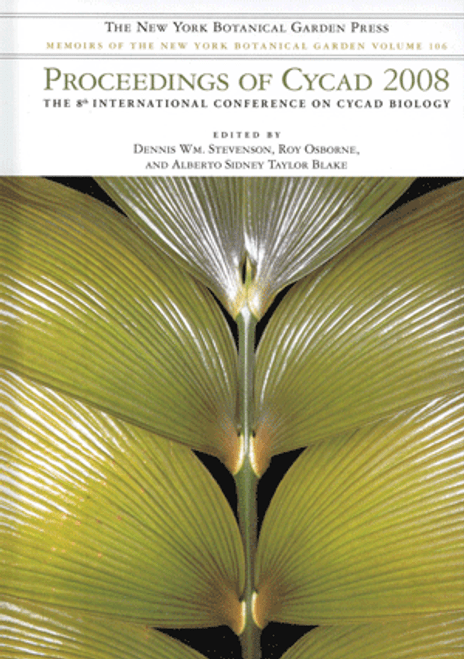This purchase only includes chapter 13 of this title.
Abstract
Zamia is morphologically the most diverse genus in Cycadales, but there have been only limited studies regarding the foliar anatomy of the group. We describe here some anatomical traits from Z. fairchildiana and Z. neurophyllidia, including results from a microscopical study of the external and internal structure of leaflets. We found: a thick cuticle, deeply sunken, syndetocheilic stomata with two pairs of subsidiary cells, the inner ones with a radially arranged pattern of cellulose microfibrils; spongy mesophyll made of long tubular cells, whose main axis is perpendicular to the leaflet veins: air chambers bordered by one layer of spongy parenchyma cells and perpendicular to veins. Fiber bundles differed in shape between the two species considered: crescent-shaped with the concave side adaxially in Z. neurophyllidia, and semicircular to rectangular with the convex side adaxially in Z. fairchildiana. These anatomical traits may have profound influences over the physiology of the genus as a whole. The sunken stomata and thick cuticle are remnants of the Zamia ancestors which were mostly xerophytic. The shape and position of the spongy mesophyll cells is probably related to the gas flow within the leaflets, between veins. The large air chambers seem to favor gas exchange between the internal medium and the outer warm, humid environment in which both species are present. The fibers protect the leaflet from damage and increase its longevity, an important factor considering the low turnover rate of many cycadalean leaves.











